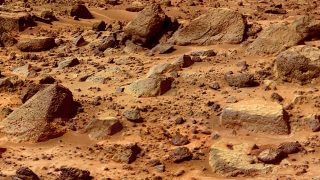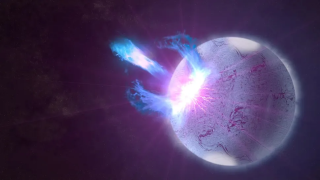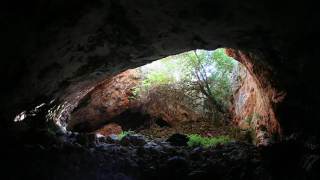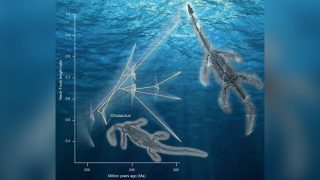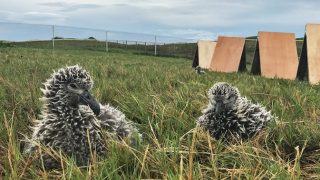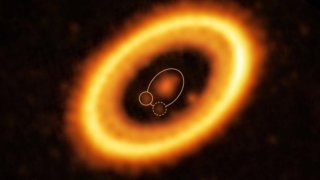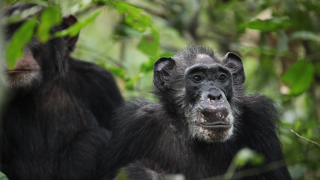
MI weekly selection #533
Female chimpanzees go through menopause Some female chimpanzees experience menopause similar to humans, according to a study of wild chimpanzees in Uganda’s Kibale National Park. Researchers analyzed urine samples from 66 female chimps and found that their hormone levels shifted around age 50 similarly to women in middle age and calculated that the female animals […]
